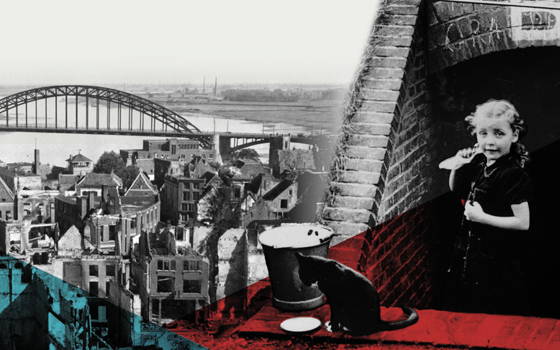Friday 22 February 2019
The Communists. In Resistance to Fascism and Capital
Exhibition extended until 31 March 2019
The communist resistance has a turbulent history. The communists were the first group in the Netherlands to resist the rise of fascism. Early in the 1930s they did illegal work to support the resistance in Germany. On the first day of the German occupation of the Netherlands, the entire Communist Party Netherlands (CPN) became a resistance organisation. The National Liberation Museum 1944-1945 in Groesbeek tells this troubled history in the fascinating temporary exhibition The Communists. In Resistance to Fascism and Capital, on show from 2 May 2018 to 31 March 2019.
The leading role of the communists had upsides and downsides. After May 1940, the illegal CPN quickly had thousands of resistance members, many of which had years of experience doing illegal work. The Gestapo, however, also had a head start. In the 1930s they had worked closely with the Dutch Intelligence Agency and had access to a lot of information on the Dutch communists. This information was used to fanatically persecute them. Still, the communist resistance succeeded in being incredibly active. The resistance newspaper De Waarheid was distributed nationally in 1940 and the communist resistance stood at the basis of the February Strike of 1941. Directly after the liberation the CPN was incredibly popular due to its role in the resistance. This was short-lived, as with the onset of the Cold War anti-communism took hold of the Netherlands. Again, the intelligence agencies would follow communist members of the resistance. Communists were expelled from the association for ex-political prisoners and the commemoration for Hannie Schaft was even prohibited in 1951.
The Communists. In Resistance to Fascism and Capital shows this incredible history through numerous resistance posters, newspapers, photographs, and video and audio clips. The stories of the communist resistance come to life in the historical resistance objects from the Netherlands and Germany: ranging from a stencilling machine used to print De Waarheid to tools used to sabotage trains. The persecution of the communists is told through impressive documents and objects such as the remarkable chess set of breadcrumbs made by resistance member Nico Mourer in captivity.






